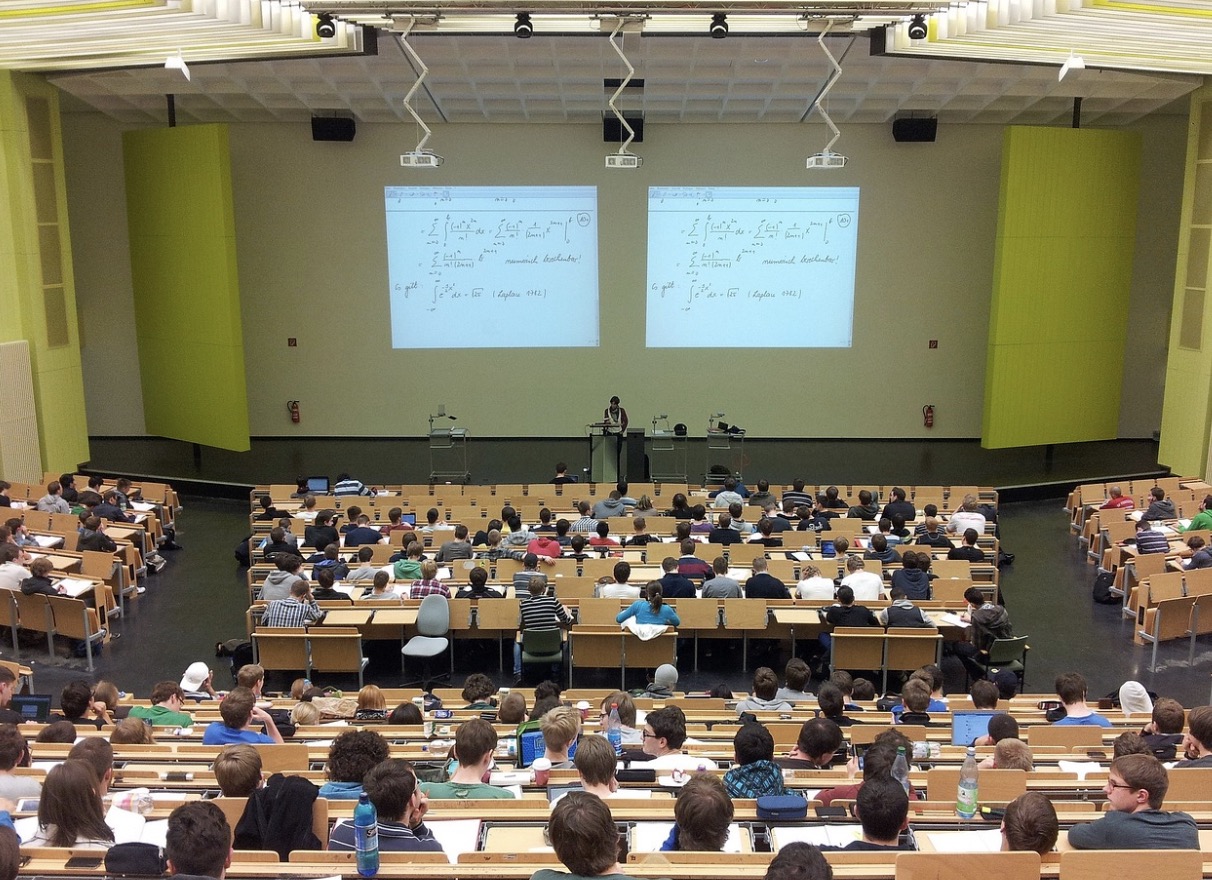You’re looking to increase student enrollment in your institution, aren’t you? In a rapidly changing educational landscape, the tried-and-true methods just don’t cut it anymore. Learn how innovative approaches, from technological integration to experiential learning, can be the game changer in attracting and retaining more students at your institution. Buckle up and dive into the revolution of student enrollment strategies.
Reader's Roadmap
Personalized Learning Experiences
Personalized learning experiences are a significant innovation shaping the education sector. The experts from appsanywhere.com/ can explain how traditional, one-size-fits-all teaching models are shifting towards more customized approaches. Through technological advancements like adaptive learning software and learning management systems, teachers can tailor their instruction to meet each student’s unique needs and learning pace. It enables educators to track individual progress and provide targeted support where necessary.
Additionally, digital portfolios offer students a platform to showcase their learning journey, fostering a sense of ownership and motivation. Integrating project-based learning, where students tackle real-world problems, enhances interpersonal skills and critical thinking. Moreover, flipped classrooms, where students first explore new content online before discussing it in the classroom, foster a deeper understanding. These innovative strategies not only accommodate diverse learning styles but also prepare students for an ever-evolving global society.
Technology Integration
Innovative approaches in educational institutions are employing a range of technology tools to enhance learning and teaching. Virtual and augmented reality, for instance, are being utilized to create immersive learning experiences, enabling students to explore concepts in a hands-on, engaging manner. Meanwhile, digital platforms such as Google Classroom and Microsoft Teams facilitate seamless collaboration and communication.
Artificial Intelligence is also making inroads in education, powering adaptive learning systems that customize instruction based on a student’s strengths and weaknesses. Importantly, ed-tech tools are widening access to education, ensuring learning continuity in challenging times such as during a pandemic. The integration of technology is transforming education, making it more personalized, engaging, and effective.
Flexible Learning Options
As time progresses, there are more and more learning options that can be adjusted to student needs. Here are some options in this regard:
- Inline courses and modules
- Blended learning
- Asynchronous learning
- Recorded lectures and resources
- Flexible scheduling options
- Self-paced learning
- Competency-based learning
- Credit transfer and prior learning assessment
- Micro-credentialing and stackable certificates
- Flexible assessment methods
- Individualized learning plans
- Culture of Lifelong Learning
Innovative methods in education provide flexible learning options by embracing technology and learner-centered approaches. These include online courses, asynchronous learning, and competency-based education, which allow students to learn at their own pace and according to their schedules. Moreover, the use of adaptive learning systems and digital platforms facilitates personalized, accessible, and engaging learning experiences.
Project-based and Experimental Learning
These approaches provide a framework where students actively engage in exploring real-world and complex issues, developing not only their academic skills but also their problem-solving capabilities. Through these methodologies, students are empowered to take ownership of their learning, working collaboratively to design, plan, and execute projects, thus fostering creativity, critical thinking, and communication skills.
Furthermore, experimental learning facilitates hands-on experiences and reflection, enhancing the comprehension of theoretical concepts and their practical application. These learner-centric approaches complement traditional teaching methods, creating a rich and well-rounded educational experience that equips students for future challenges.
Collaborative and Interactive Classrooms
By leveraging technology, schools are facilitating active participation, fostering teamwork, and building communication skills among students. Digital tools such as interactive whiteboards and collaborative platforms like Google Docs and Microsoft Teams encourage students to work together on projects and assignments, making learning a collective process.
Furthermore, technologies such as video conferencing and virtual breakout rooms enable real-time, face-to-face interaction, replicating the dynamics of a physical classroom in an online setting. These tools also enable peer feedback and group discussions that amplify learning. Thus, these innovative approaches cultivate a learning environment that stimulates interaction, collaboration, and active engagement.
Innovative Curricular Offerings
Today’s institutions are rapidly embracing interdisciplinary programs that blend different areas of study, fostering a holistic learning experience. Immersive study-abroad opportunities and service-learning programs enable students to gain real-world exposure, enhancing their cultural competence and social awareness. Further, the introduction of niche courses and programs, such as those focusing on sustainability, artificial intelligence, or social entrepreneurship, cater to the evolving career landscape.
Additionally, experiential learning components within the curriculum allow students to apply theoretical knowledge in a practical context. Therefore, these innovative curricular offerings equip students with a broadened perspective and a diverse skill set, preparing them to thrive in an interconnected and dynamic world.

You’ve seen how innovative approaches in education can transform the learning experience and drive student enrollment. By embracing these strategies, you are not just preparing for the future, you are shaping it. So, get ready to redefine success, explore new horizons, and turn every challenge into an opportunity for growth. Embrace innovation, because with it, you are unstoppable.







Leave a Reply
View Comments